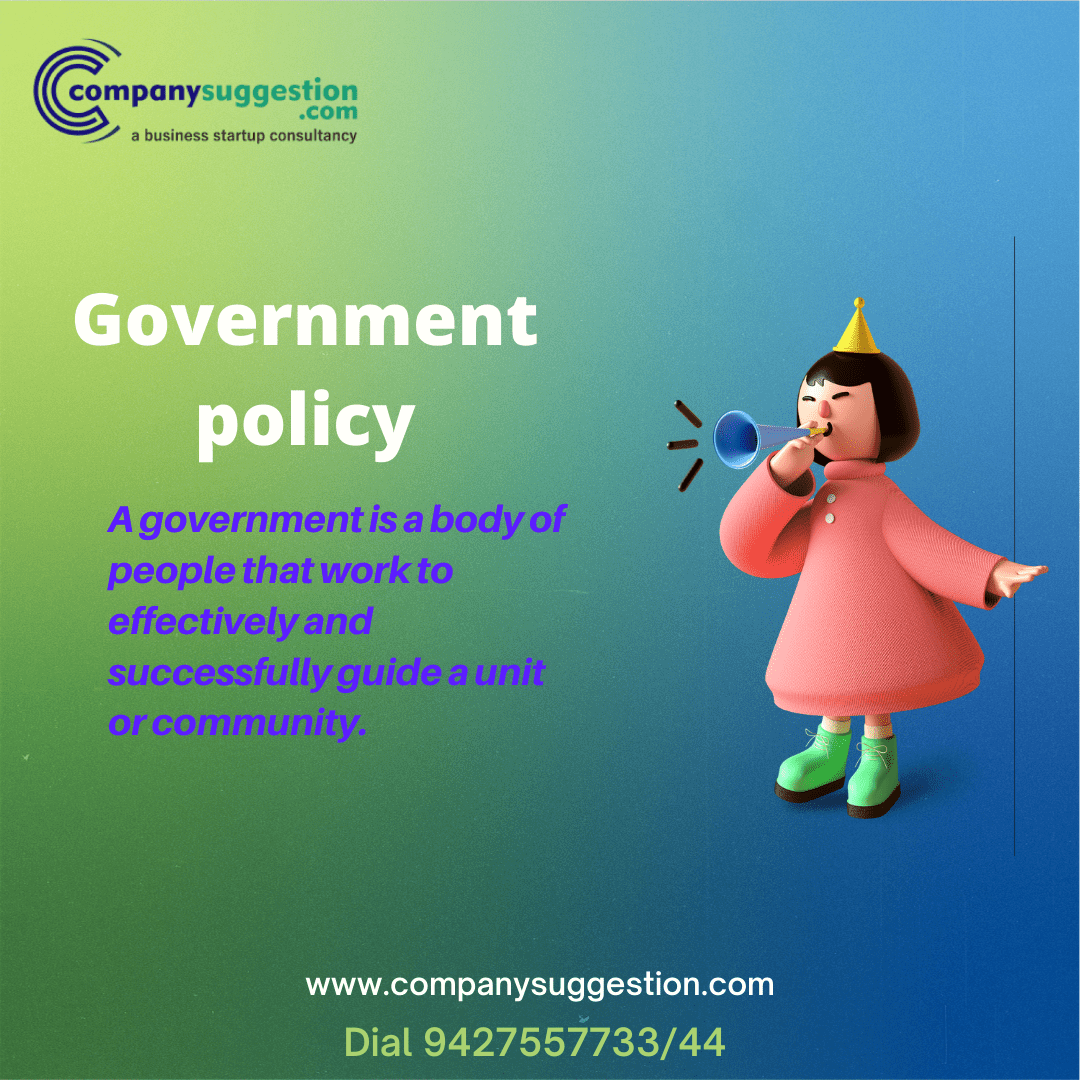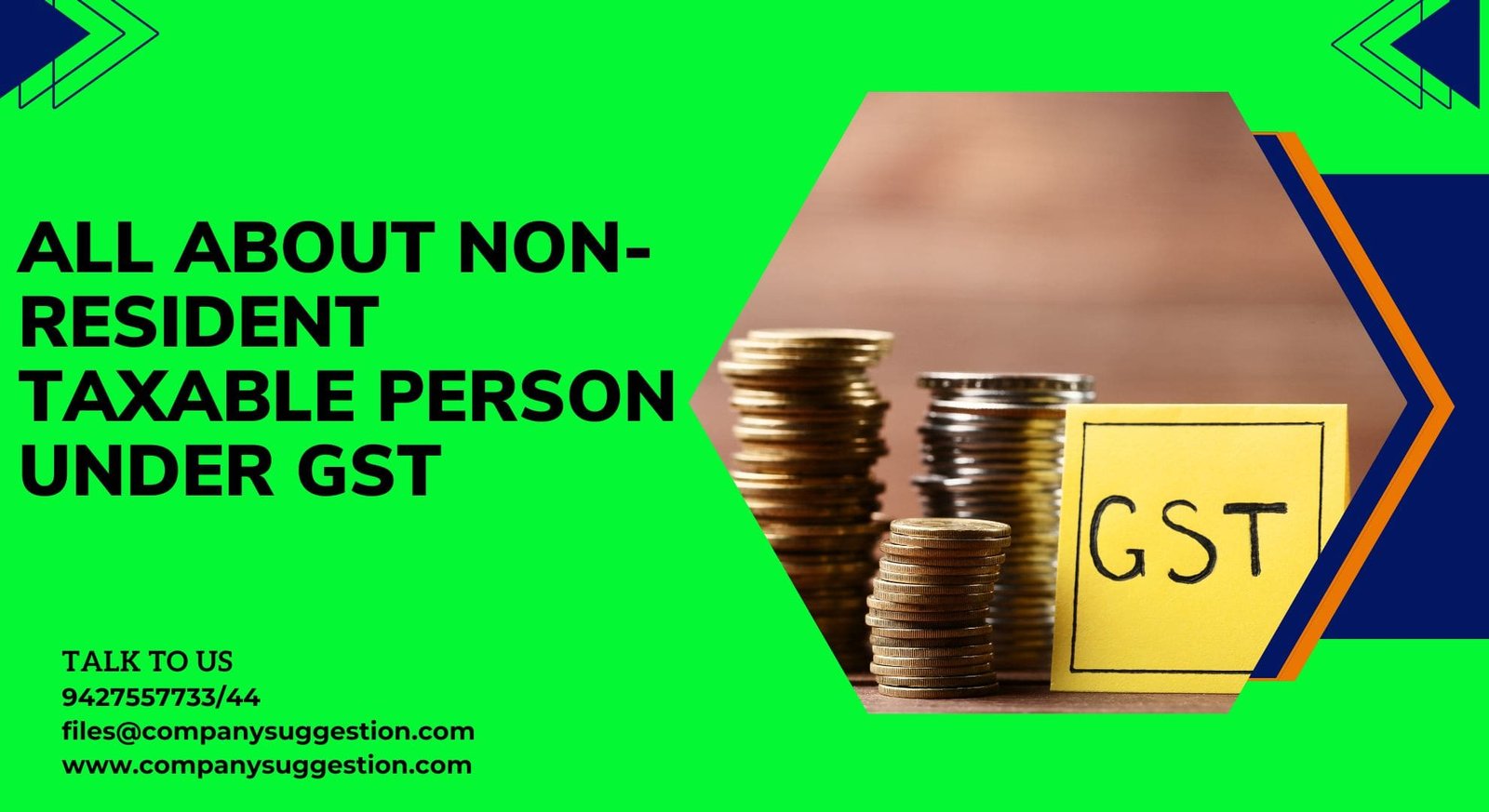A government is a body of people that work to effectively and successfully guide a unit or community. One thing government does is set and administer policy. They use customs, laws, and institutions to exercise political, executive, and sovereign power with the intent of managing a state of wellbeing that benefits all aspects of the community or unit.
Types of Government policy:
- Fiscal policy
- Monetary policy
- Supply side policy
Fiscal policy-
Fiscal policy refers to the use of government spending and tax policies to influence economic conditions, especially macroeconomic conditions, including aggregate demand for goods and services, employment, inflation, and economic growth.
Fiscal policy is often contrasted with monetary policy, which is enacted by central bankers and not elected government officials.
Two types of Fiscal policy:
- Expansionary Fiscal policy- Expansionary fiscal policy is usually characterized by deficit spending, when government expenditures exceed receipts from taxes and other sources. In practice, deficit spending tends to result from a combination of tax cuts and higher spending.
The logic behind this approach is that when people pay lower taxes, they have more money to spend or invest, which fuels higher demand. That demand leads firms to hire more, decreasing unemployment, and causing fierce competition for labour. In turn, this serves to raise wages and provide consumers with more income to spend and invest.
Contractionary Fiscal policy- A government can pursue contractionary fiscal policy, perhaps even to the extent of inducing a brief recession in order to restore balance to the economic cycle. The government does this by increasing taxes, reducing public spending, and cutting public-sector pay or jobs.
Where expansionary fiscal policy involves deficits, contractionary fiscal policy is characterized by budget surpluses. This policy is rarely used, however, as it is hugely unpopular politically. Public policymakers thus face a major asymmetry in their incentives to engage in expansionary or contractionary fiscal policy.
Tools of Fiscal policy:
- Government spending- Government spending is a fiscal policy tool because it has the power to raise or lower real GDP. By adjusting government spending, the government can influence economic output.
- Taxes-Taxes are a fiscal policy tool because changes in taxes affect the average consumer’s income, and changes in consumption lead to changes in real GDP. So, by adjusting taxes, the government can influence economic output.
- Transfer payments- Transfer payments are fiscal policy tools in the same way that taxes are because changes in transfer payments lead to changes in consumer income, and when consumers spend more of their income, this influences economic output.
Monetary policy
Monetary policy is the policy adopted by the monetary authority of a nation to control either the interest rate payable for very short-term borrowing (borrowing by banks from each other to meet their short-term needs) or the money supply, often as an attempt to reduce inflation or the interest rate, to ensure price stability and general trust of the value and stability of the nation’s currency.
Types of Monetary policy-
- Expansionary Monetary policy:
The purpose is to uplift the money supply in the economy for enhancing consumer spending and decreasing unemployment.
In situations of economic slowdown, the central bank implements various expansionary monetary policieslike buying short-term government securities, lowering borrowing rates and decreasing the banks’ reserve requirements. However, it may result in inflation.
Contractionary Monetary policy-
The central bank adopts contractionary monetary policies to control the economic conditions like inflation by shrinking the money supply in the financial system. For this purpose, the central bank sells off short-term government securities, hikes borrowing rates or increases banks’ reserve requirements.
Instruments of Monetary policy:
- Open market operations-
Open Market Operations is when the RBI involves itself directly and buys or sells short-term securities in the open market. This is a direct and effective way to increase or decrease the supply of money in the market. It also has a direct effect on the ongoing rate of interest in the market.
- Cash reserve ratio-
Cash Reserve Ratio (CRR) is the portion of deposits with the commercial banks that it has to deposit to the RBI. So CRR is the percent of deposits the commercial banks have to keep with the RBI. The RBI will adjust the said percentage to control the supply of money available with the bank.
- Statutory liquidity ratio-
The Statutory Liquidity Ratio (SLR) is the percent of total deposits that the commercial banks have to keep with themselves in form of cash reserves or gold. So increasing the SLR will mean the banks have fewer funds to give as loans thus controlling the supply of money in the economy.
- Liquidity adjustment facility-
The Liquidity Adjustment Facility (LAF) is an indirect instrument for monetary control. It controls the flow of money through repo rates and reverse repo rates. The repo rate is actually the rate at which commercial banks and other institutes obtain short-term loans from the Central Bank.
And the reverse repo rate is the rate at which the RBI parks its funds with the commercial banks for short time periods.
- Bank rate-
The bank rate is the minimum lending rate of the central bank at which it rediscounts first class bills of exchange and government securities held by the commercial banks. When the central bank finds that inflationary pressures have started emerging within the economy, it raises the bank rate. Borrowing from the central bank becomes costly and commercial banks borrow less from it.
Supply side policy-
Supply-side policies are policies designed to increase aggregate supply and hence increase productive potential. Such policies seek to increase the quantity and quality of resources and raise the efficiency of markets. These include improving education and training, cutting direct taxes and benefits, reforming trade unions and privatization. Improving education and training is designed to raise labour productivity.
Conclusion
The monetarists contend that as against fiscal policy, monetary policy possesses greater flexibility and it can be implemented rapidly
There is a lag in fiscal policy as it filters into the economy, and monetary policy has shown its effectiveness in slowing down an economy that is heating up at a faster-than-desired pace, but it has not had the same effect when it comes to rapid-charging an economy to expand as money is eased, so its success is muted.












